Only logged in customers who have purchased this product may leave a review.
Hoya Imperialis Red
Scientific name: Hoya imperialis f. red
Common name: Waxflower, waxplant, waxvine
Origin: South East Asia
Flower colour: see picture
Soil: well-drained soil. Hoya hates clogged soil!
Light: full sun to partial shade
Watering: plenty, but(!) let it dry out between waterings
Hardiness: not lower than 14°C (57°F)
Height: Vine, up to 3m (9’9″)
Hoya Imperialis is the best performer of all the Hoyas I’ve seen in my years as a gardener. This Malaysian vine is a rampant growth that is difficult to manage, creeping and climbing over whatever it can find and producing umbels upon umbels of the most magnificent red waxy blooms all year. Most gardeners cultivate Hoya Imperialis for its ethereal flowers, ranging from maroon to mauve and are precisely star-shaped, like wedding cake decorations.
They even have a nice spice smell to them. The foliage is a rich, glossy green. Hoyas are excellent air purifiers because they absorb toxic volatile organic chemicals. That being said, I would think twice about growing Hoya Imperialis indoors because it may get pretty large! However, that is not to imply it is a simple, low-maintenance plant.
In fact, it may be extremely picky. Hoya Imperialis care entails understanding what fast-growing, evergreen, tropical vines require, such as warm temperatures, lots of light, humidity, and so on, all of which can be handled even in cold-weather indoor conditions. Continue reading for more information.
Soil
- The best soil for Hoya Imperialis maintenance is one that is rich in organic nutrients and drains well.
- Hoyas are epiphytes found in Southeast Asia’s tropical rain forests. They do not always grow in soil but instead receive nutrients from the air, precipitation, forest detritus accumulated around the roots, and decaying bark host trees.
- Grow Hoya Imperialis in a potting mix containing more than half organic clumps like bark pieces, charcoal, chunks of coco husk, sphagnum moss, and the other half perlite.
- This will provide the roots with just what they are looking for: excellent drainage, aeration, moisture retention, and something to wrap themselves around.
- Using a store-bought orchid medium is a simple Hoya Imperialis care trick. You may add perlite, bark, or charcoal pieces to this to give it a rough, chunky texture similar to oatmeal muesli.
Light
- The correct quantity of light is essential for Hoya Imperialis maintenance. They enjoy “bright shade,” but not direct sunshine.
- Hoya Imperialis is best viewed from the southeast or southwest window. It is best to position the plant in a hardy zone with no direct sunshine, but it is still bright. For example, feel free to grow Hoya Imperialis in a medium-light location on your patio.
- You should bring your plant indoors for the winter; it will perform great even under LED grow lights for 10-12 hours a day.
- Although it is general knowledge that Hoyas do not blossom in the winter, they have been seen to bud up under grow lights even during the cold months.
Watering
- Hoya Imperialis demands continuous watering compared to other Hoyas, although it does not like to sit in water.
- It’s a tropical evergreen rather than a succulent. During the summer, I cultivate Hoya Imperialis with a once-a-week watering cycle, ensuring that the roots dry out between waterings – not just the topsoil, but all the way down — this is a critical element of Hoya Imperialis care and the most common reason for its mortality.
- Lift the pot slightly before watering. If it feels heavy, it is most likely not dried yet.
- Your plant is particularly vulnerable to root rot if it is very young. A huge established plant can withstand inadvertent irrigation.
- Grow Hoya Imperialis in a tiny pot to minimize the amount of water available to the roots.
- Finally, watering is strongly related to the soil while growing Hoya Imperialis, especially if you are growing it indoors. So, first and foremost, get the soil proportions correct, emphasizing the importance of well-draining soil.
Temperature
- Most species in the genus, including Hoya Imperialis, require moderate temperatures ranging from 60°F to 95°F (15°C to 35°C).
- In my experience, Hoya Imperialis can be grown at the lowest continuous temperature of 60°F (15°C), although the plant thrives in temperatures over 95°F (35°C) for lengthy periods.
Humidity
- Hoya Imperialis maintenance is relatively simple in terms of humidity. These plants are native to humid climates and require a minimum of 50 per cent humidity but thrive in the 60-70 per cent range.
- You’ll quickly realize that these plants are pro-humidity and don’t require a lot of watering.
Fertilizer
- During the growth season, use an excellent orchid fertilizer on your Hoya Imperialis. Once a week, feed the plant a balanced, water-soluble fertilizer. For Growing, diluted at a rate of 1 teaspoon/litre of water.
- This plant appears to benefit from feeding. Therefore, I don’t entirely cease feeding; instead, I reduce the frequency to half or less.Note: Please check with us first if you wish to order a blooming plant as plant might not be in bloom.
$48.00 $52.32 (Including GST)
Out of stock


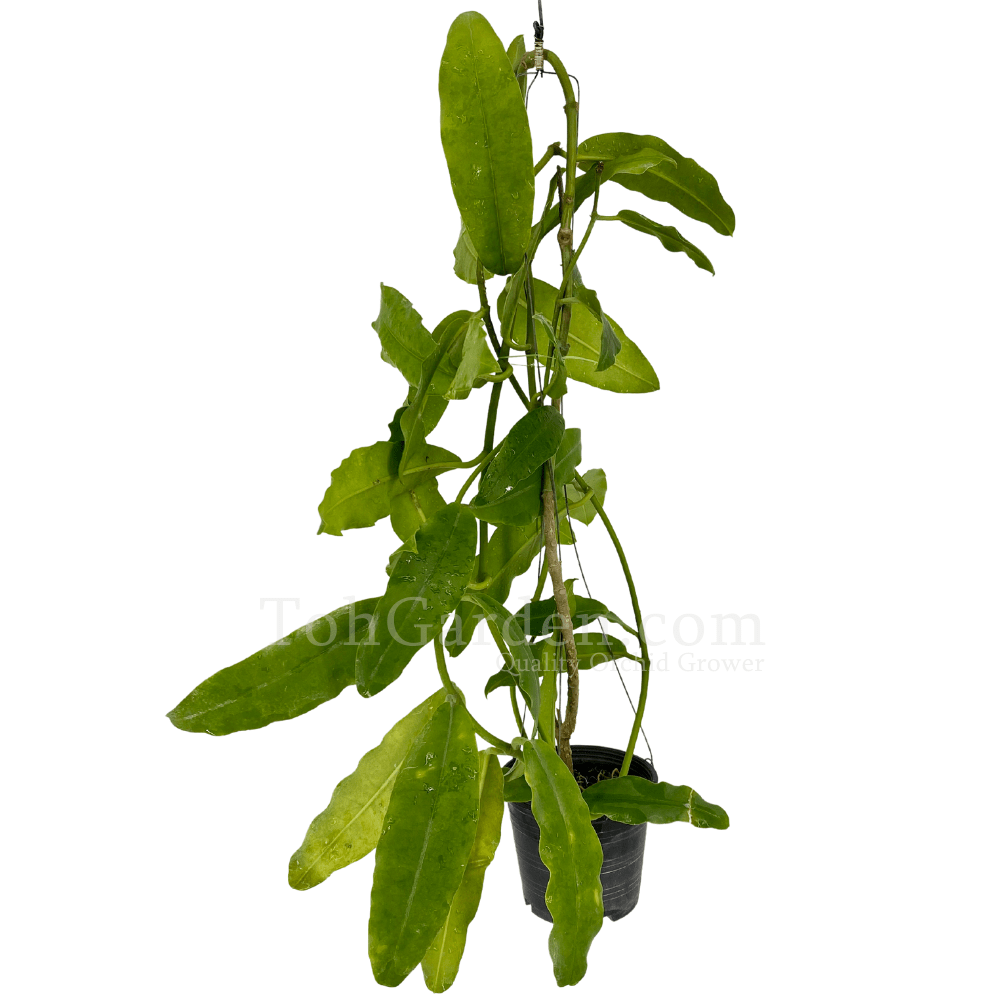


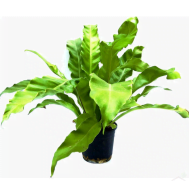
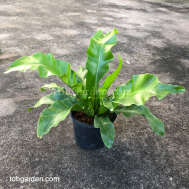
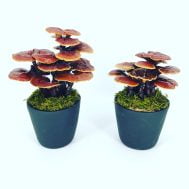
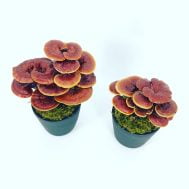
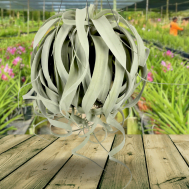
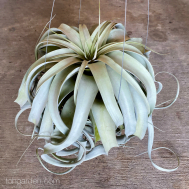
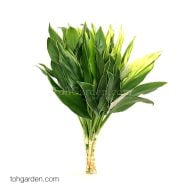
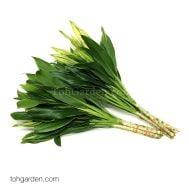
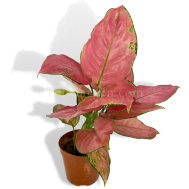
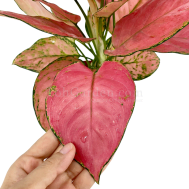
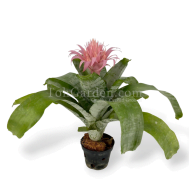
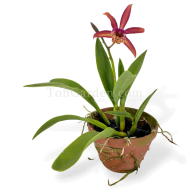
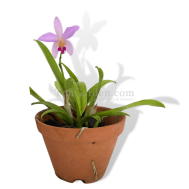
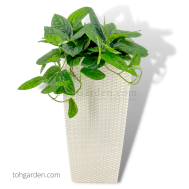
Reviews
There are no reviews yet.